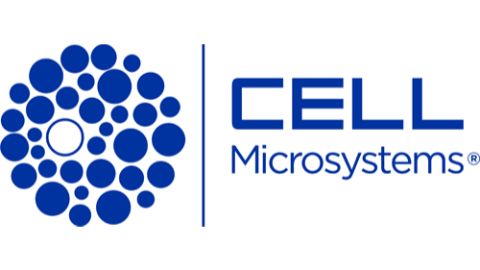Histone Deacetylase 6 (HDAC6) As A Therapeutic Target in Chronic Lymphocytic Leukemia

Chronic lymphocytic leukemia (CLL) is the most prevalent leukemia in the western world and is characterized by an accumulation of CD5+ B cells in circulation and lymphoid tissue. There is a need to identify novel therapies for CLL patients due to prevalence of partial responses and relapsed/refractory disease. In CLL, an immunosuppressive phenotype enables the malignant B cell to evade immune detection, leading to immune suppression. In recent years, epigenetic changes prompted by proteins known as histone deacetylases (HDACs) have gained special attention predominantly because of their active role in the regulation of pathogenesis and immune-related pathways in CLL; though the precise mechanism by which these regulatory events take place has yet to be elucidated. In addition to the well-recognized role of histone deacetylase inhibitors (HDACi) in the control of cell cycle and apoptosis, HDACi have a potential role in modulating the immunobiology of CLL. HDACs may therefore represent viable targets to develop new immunomodulating therapies for CLL.
In this study, we aimed to investigate the role of histone deacetylase 6 (HDAC6) in immunobiology of CLL and determine how HDAC6 may regulate malignant B cell survival pathways. Further, we aimed to determine efficacy of HDAC6 inhibition in a CLL murine model.
Collectively our data confirms the importance of HDAC6 to CLL progression. We have found that HDAC6 inhibition regulates CLL immunobiology to deter tumor cell immune evasion mechanisms and reinvigorate a beneficial immune response against CLL disease. Results from our preclinical CLL models suggest that HDAC6 represents a viable therapeutic target in CLL. This target may be developed with the intention to treat relapsed/refractory CLL patients or weaker, aged patients.
In this study, we aimed to investigate the role of histone deacetylase 6 (HDAC6) in immunobiology of CLL and determine how HDAC6 may regulate malignant B cell survival pathways. Further, we aimed to determine efficacy of HDAC6 inhibition in a CLL murine model.
Collectively our data confirms the importance of HDAC6 to CLL progression. We have found that HDAC6 inhibition regulates CLL immunobiology to deter tumor cell immune evasion mechanisms and reinvigorate a beneficial immune response against CLL disease. Results from our preclinical CLL models suggest that HDAC6 represents a viable therapeutic target in CLL. This target may be developed with the intention to treat relapsed/refractory CLL patients or weaker, aged patients.







